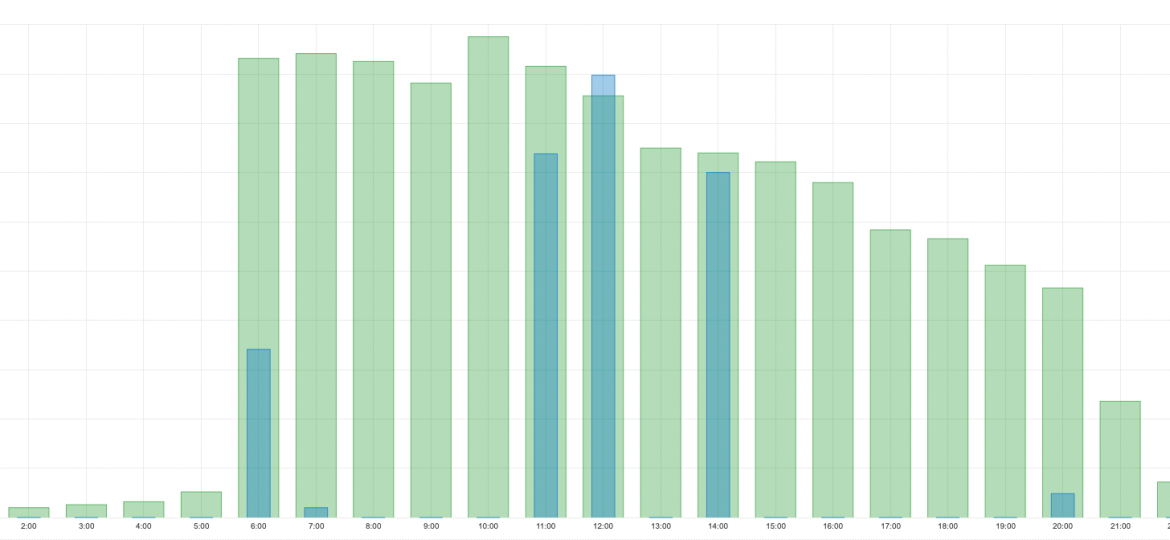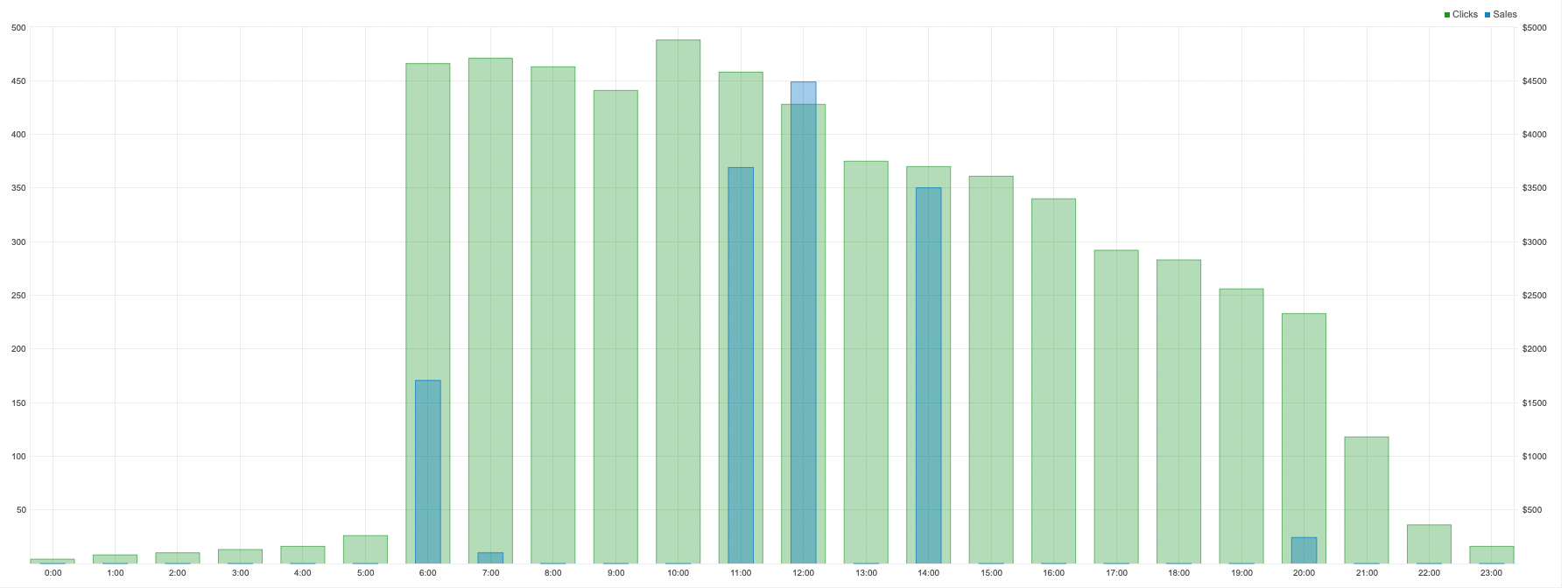
How To: Maximizing Small Adwords Budgets
Google Ads can be a powerful tool for small businesses looking to increase their online visibility and attract new customers. However, maximizing the potential of Google Ads with a small budget can be a challenge. In this article, we’ll explore some strategies for making the most of your Google Ads budget.
Dial in Your Settings
The first step to maximizing your Google Ads with a small budget is to ensure that your settings are optimized for your target audience. This includes selecting the right keywords, setting an appropriate bid strategy, and targeting the right geographic locations.

Select the right keywords
The success of your Google Ads campaign largely depends on your choice of keywords. You want to choose keywords that are relevant to your business and are likely to be searched by your target audience. There are several keyword research tools available that can help you identify high-traffic keywords with low competition.

Set an appropriate bid strategy
There are several bidding strategies available in Google Ads, and the one you choose will depend on your campaign goals and budget. For a small budget, it’s often best to start with a manual bidding strategy, which allows you to set your own bids for each keyword. You can adjust your bids over time as you gather data on which keywords are performing best.

Target the right geographic locations
If your business operates in a specific geographic region, it’s important to target your ads to that area. This will help ensure that your ads are seen by potential customers who are most likely to be interested in your products or services. You can also exclude certain geographic regions where you don’t want your ads to appear.
Create a primary focus point
To maximize the effectiveness of your Google Ads campaign, it’s important to have a primary focus point. This could be a specific product or service that you want to promote, or it could be a particular marketing message that you want to convey. By focusing your campaign on a specific goal, you can create more targeted ads and increase your chances of success.
Create targeted ad groups
Once you’ve identified your primary focus point, you can create targeted ad groups that are specific to that focus. For example, if you’re promoting a new product, you might create ad groups for different variations of the product or for different customer segments that are likely to be interested in the product.
Write compelling ad copy
The ad copy you create is critical to the success of your campaign. It should be attention-grabbing, concise, and relevant to the keywords you’re targeting. Consider using ad extensions like callouts or sitelinks to provide additional information or calls to action.
Use landing pages effectively
When someone clicks on your ad, they should be taken to a landing page that is specifically designed to convert them into a customer. Your landing page should be relevant to the ad they clicked on, and it should provide clear and compelling information about your product or service. Consider testing different landing pages to see which ones are most effective.
Include other facets of the business into your marketing plan
Maximizing the potential of Google Ads with a small budget requires more than just creating targeted ads. It’s important to include other facets of your business into your marketing plan to create a cohesive and effective overall strategy.
Optimize your website
Your website is a critical component of your overall online presence. Make sure it’s optimized for search engines and that it provides a positive user experience. This will help improve your organic search rankings and can also improve the performance of your Google Ads campaign.
Leverage social media
Leverage social media: Social media can be a powerful tool for promoting your business and driving traffic to your website. Consider creating social media profiles for your business and using them to share content related to your primary focus point. You can also use social media to engage with customers and build brand awareness.


